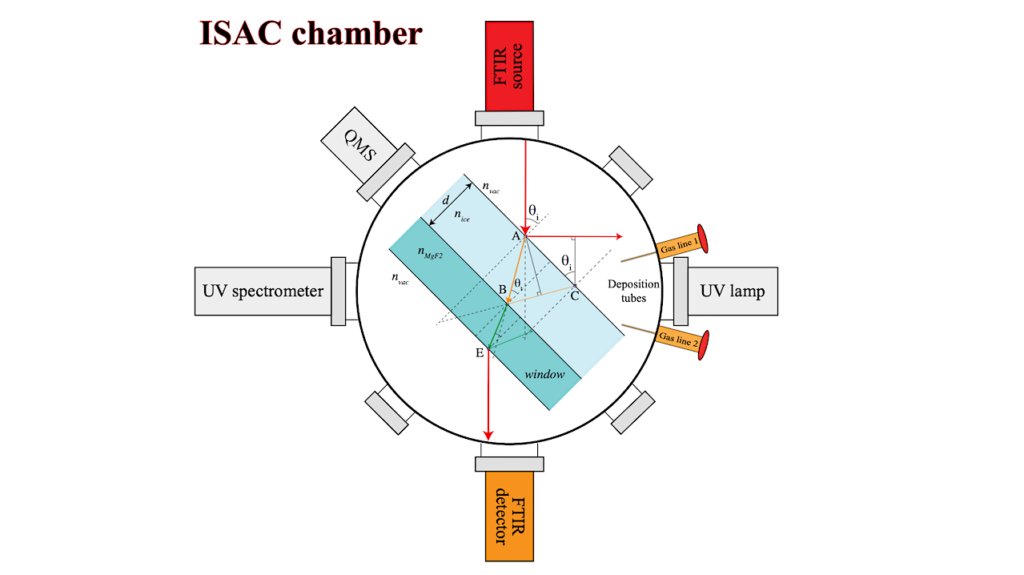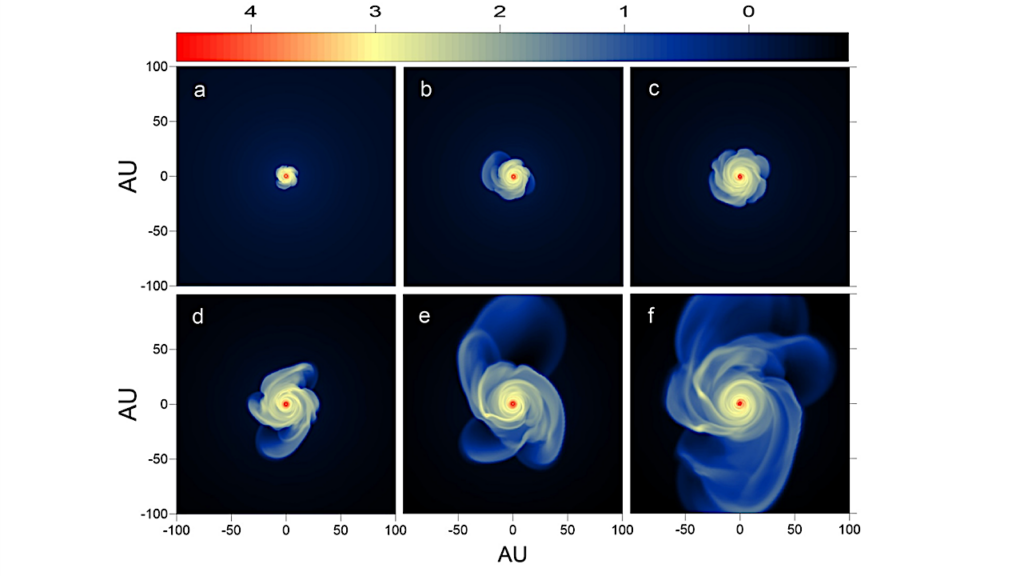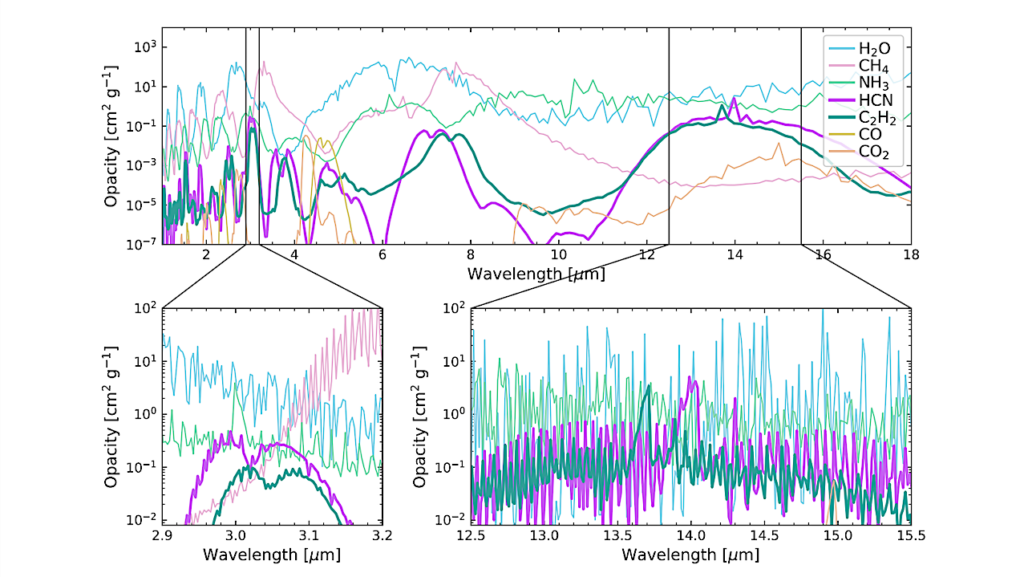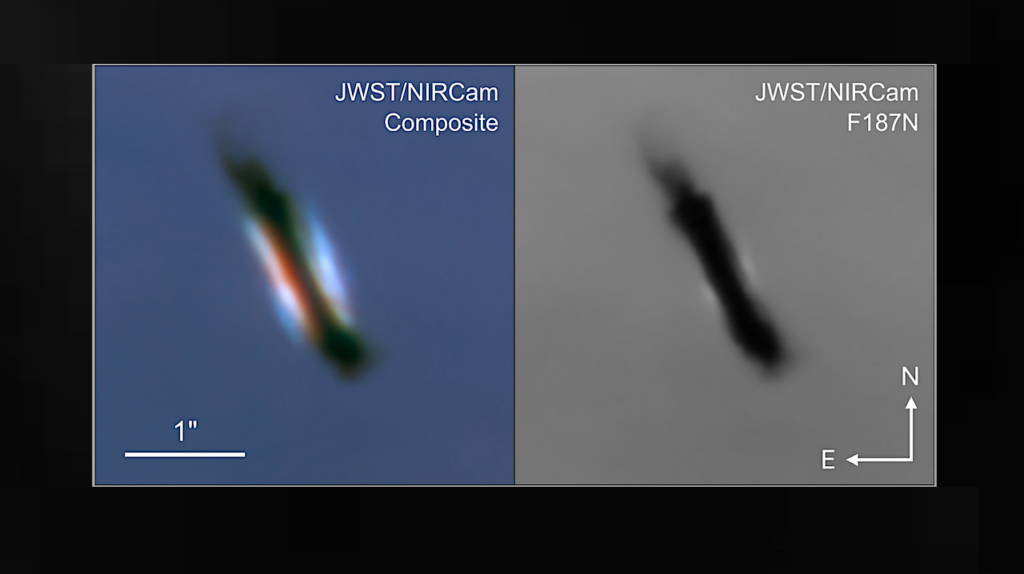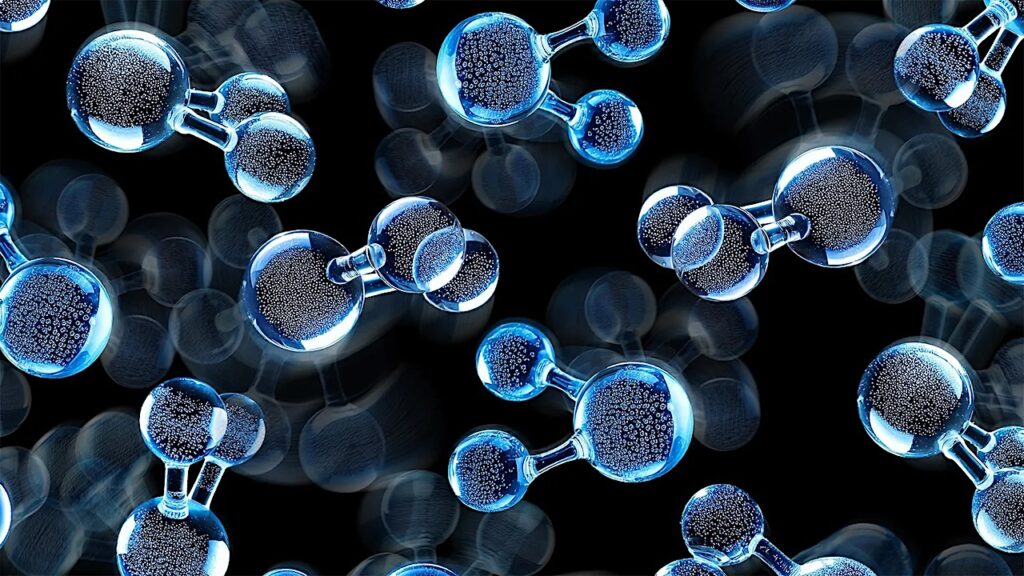Complex Organic Molecules In A Very Young Hot Corino, HOPS 373SW
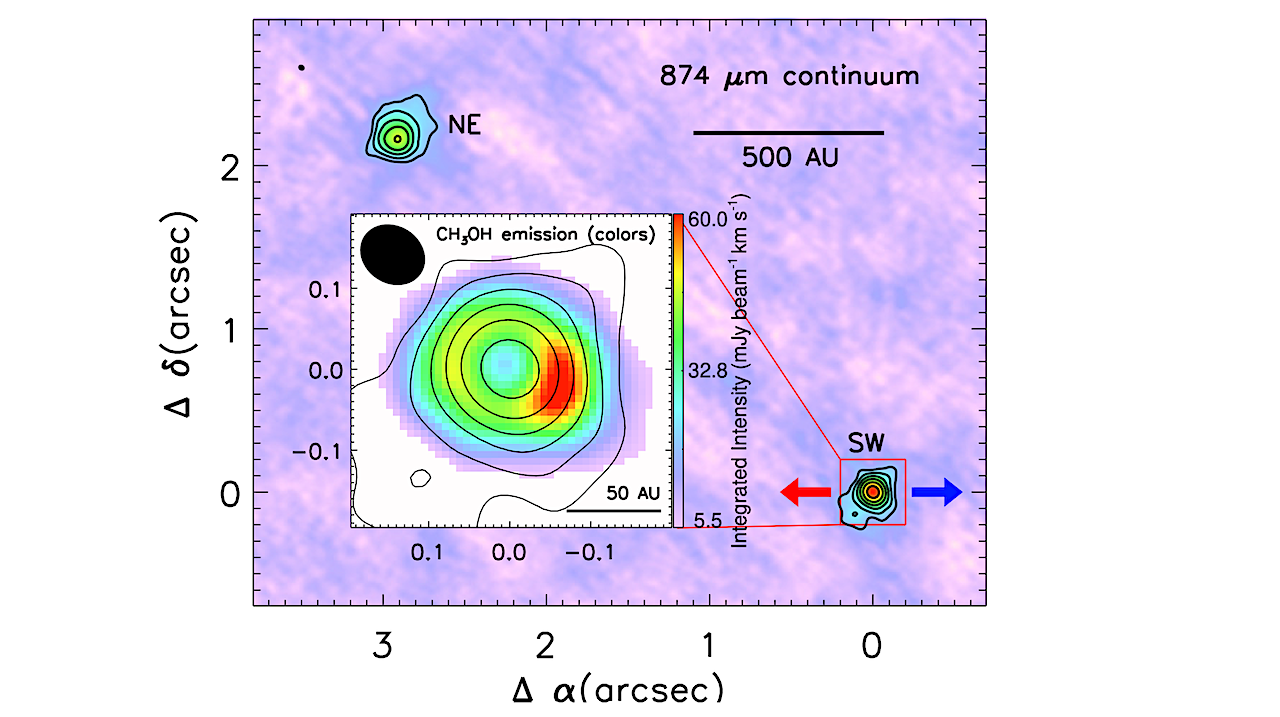
We present the spectra of Complex Organic Molecules (COMs) detected in HOPS 373SW with the Atacama Large Millimeter/submillimeter Array (ALMA). HOPS 373SW, which is a component of a protostellar binary with a separation of 1500 au, has been discovered as a variable protostar by the JCMT Transient monitoring survey with a modest ~30% brightness increase at submillimeter wavelengths.
Our ALMA Target of Opportunity (ToO) observation at ~345 GHz for HOPS 373SW revealed extremely young chemical characteristics with strong deuteration of methanol. The dust continuum opacity is very high toward the source center, obscuring line emission from within 0.03 arcsec. The other binary component, HOPS 373NE, was detected only in C17O in our observation, implying a cold and quiescent environment. We compare the COMs abundances relative to CH3OH in HOPS 373SW with those of V883 Ori, which is an eruptive disk object, as well as other hot corinos, to demonstrate the chemical evolution from envelope to disk.
High abundances of singly, doubly, and triply deuterated methanol (CH2DOH, CHD2OH, and CD3OH) and a low CH3CN abundance in HOPS 373SW compared to other hot corinos suggest a very early evolutionary stage of HOPS 373SW in the hot corino phase. Since the COMs detected in HOPS 373SW would have been sublimated very recently from grain surfaces, HOPS 373SW is a promising place to study the surface chemistry of COMs in the cold prestellar phase, before sublimation.
Jeong-Eun Lee, Giseon Baek, Seokho Lee, Jae-Hong Jeong, Chul-Hwan Kim, Yuri Aikawa, Gregory J. Herczeg, Doug Johnstone, John J. Tobin
Comments: Accepted for publication in ApJ
Subjects: Solar and Stellar Astrophysics (astro-ph.SR); Astrophysics of Galaxies (astro-ph.GA)
Cite as: arXiv:2306.16959 [astro-ph.SR] (or arXiv:2306.16959v1 [astro-ph.SR] for this version)
Submission history
From: Jeong-Eun Lee
[v1] Thu, 29 Jun 2023 14:06:07 UTC (841 KB)
https://arxiv.org/abs/2306.16959
Astrobiology, Astrochemistry



